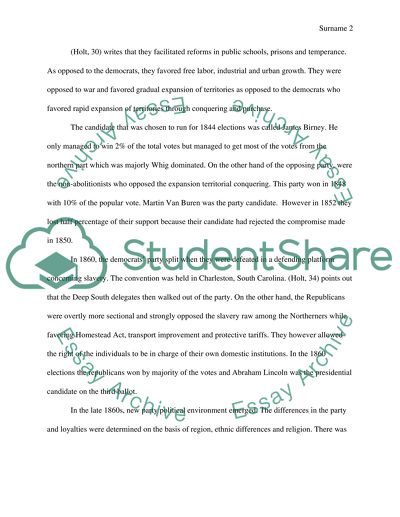Cite this document
(“History Essay Example | Topics and Well Written Essays - 500 words - 55”, n.d.)
History Essay Example | Topics and Well Written Essays - 500 words - 55. Retrieved from https://studentshare.org/history/1610729-history
History Essay Example | Topics and Well Written Essays - 500 words - 55. Retrieved from https://studentshare.org/history/1610729-history
(History Essay Example | Topics and Well Written Essays - 500 Words - 55)
History Essay Example | Topics and Well Written Essays - 500 Words - 55. https://studentshare.org/history/1610729-history.
History Essay Example | Topics and Well Written Essays - 500 Words - 55. https://studentshare.org/history/1610729-history.
“History Essay Example | Topics and Well Written Essays - 500 Words - 55”, n.d. https://studentshare.org/history/1610729-history.


